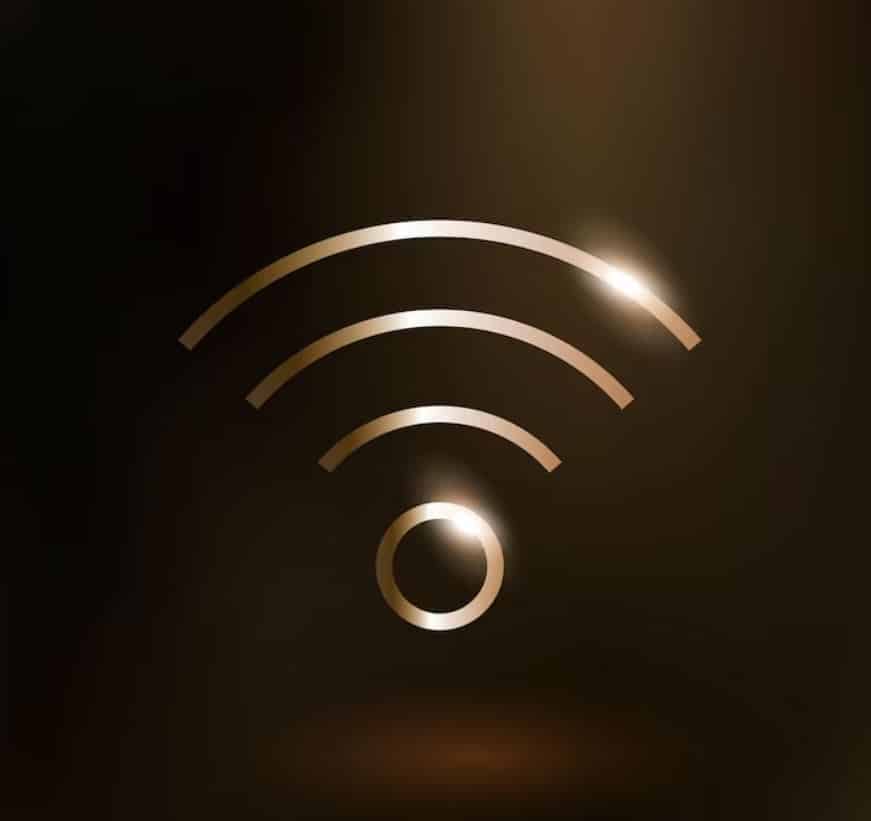Wireless communication is a method of transmitting and receiving information from one point to another without the use of any wired connections. Typically, information is transmitted from a transmitter to a receiver located at a limited distance. With wireless communication, the transmitter and receiver can be placed anywhere from a few metres away (such as a TV remote control) to several thousand kilometres away (satellite communication). There are numerous advantages of wireless communication technologies over wired communication, such as cost, mobility, ease of installation, etc.
Within this series of posts, wireless-IoT and wireless sensor nodes are interchangeable terms. Such nodes are all battery powered. There is an identified need for these systems to become less dependent on batteries by, for example, harvesting ambient energy from its environment.
A Wireless Sensor Network (WSN) connects, wireless, many sensor nodes and communicates “small” packages of sensor data.
Where and for what purpose do they use WSN?
WSN can be used to process, analyse, store and retrieve sensor-data.
WSN applications:
- Surveillance and monitoring for security, threat detection;
- Ambient temperature, humidity and atmospheric pressure;
- Ambient noise level;
- Medical applications such as patient monitoring;
- Agriculture;
- Landslide detection.
WSN challenges:
- Energy Efficiency;
- Node Failover Capability;
- Cross-layer optimization;
- Security.
Battery powered wireless sensor nodes/wireless IoT-devices have the following basic functional blocks:
Sensor(s): Sensors to measure the physical parameters you are interested in;
Microcontroller: to capture the sensor data, store it in a format that it is ready to send and controls the application;
Wireless Communication: based on a “radio” since the data need to be sent wirelessly. In general, these applications are battery powered;
Energy source: Energy generation/Energy storage device in a form of a battery or preferably an energy harvesting component or combination of;
Power management: last but not least an essential part of the wireless sensor node.
What is power management and what function does it perform?
Power management: PMIC, as the component is often labelled, balances the power consumed by the wireless device with the available power (from battery/energy harvester) as energy efficient as possible.
Essential for the reliability of battery-less wireless sensor nodes will be next generation EH-PMICs capable of autonomously interfacing with any kind of energy harvesters and simultaneously with multiple harvesters.



